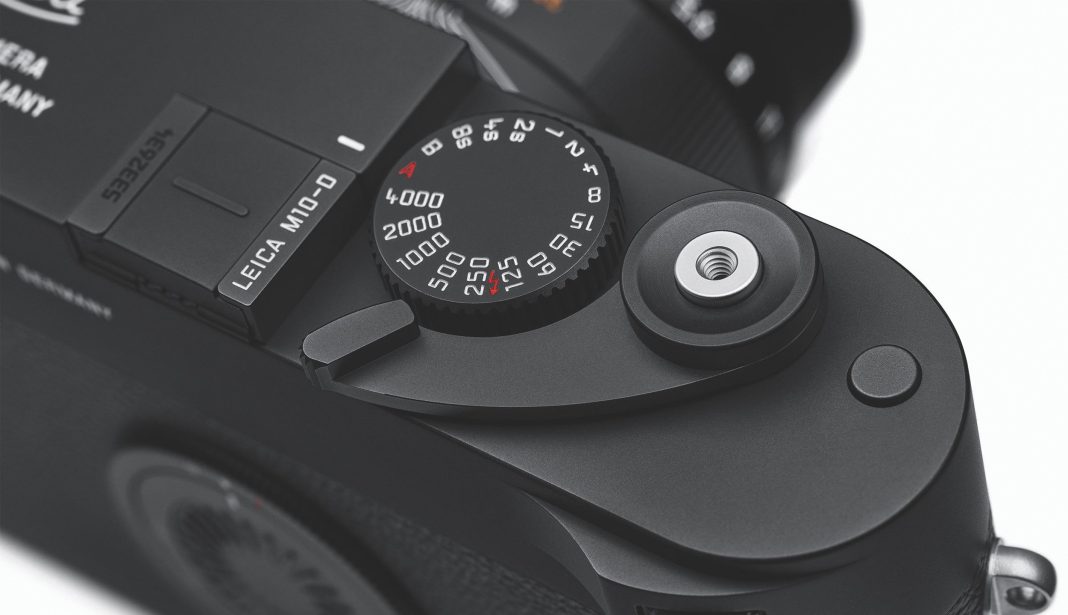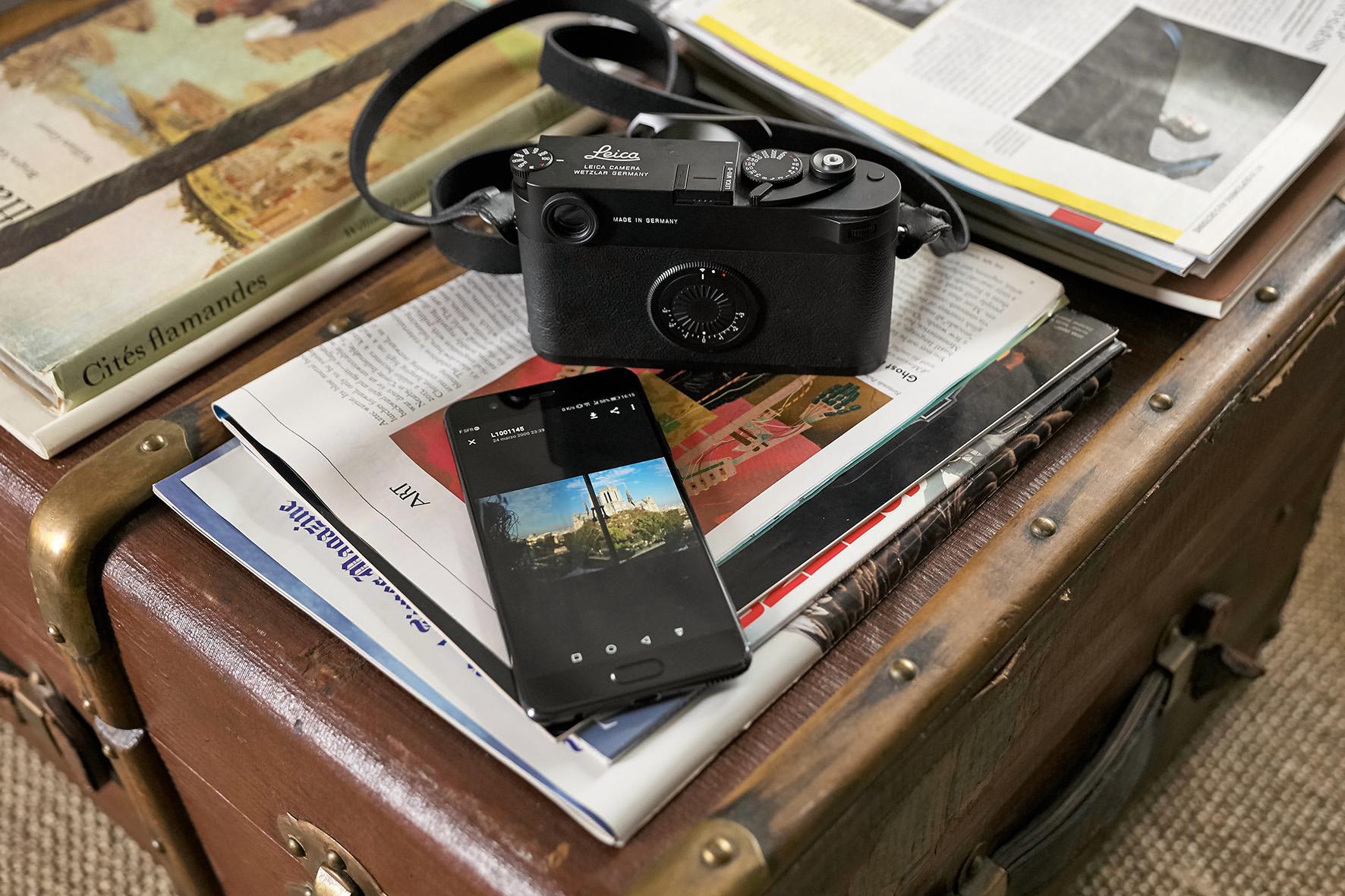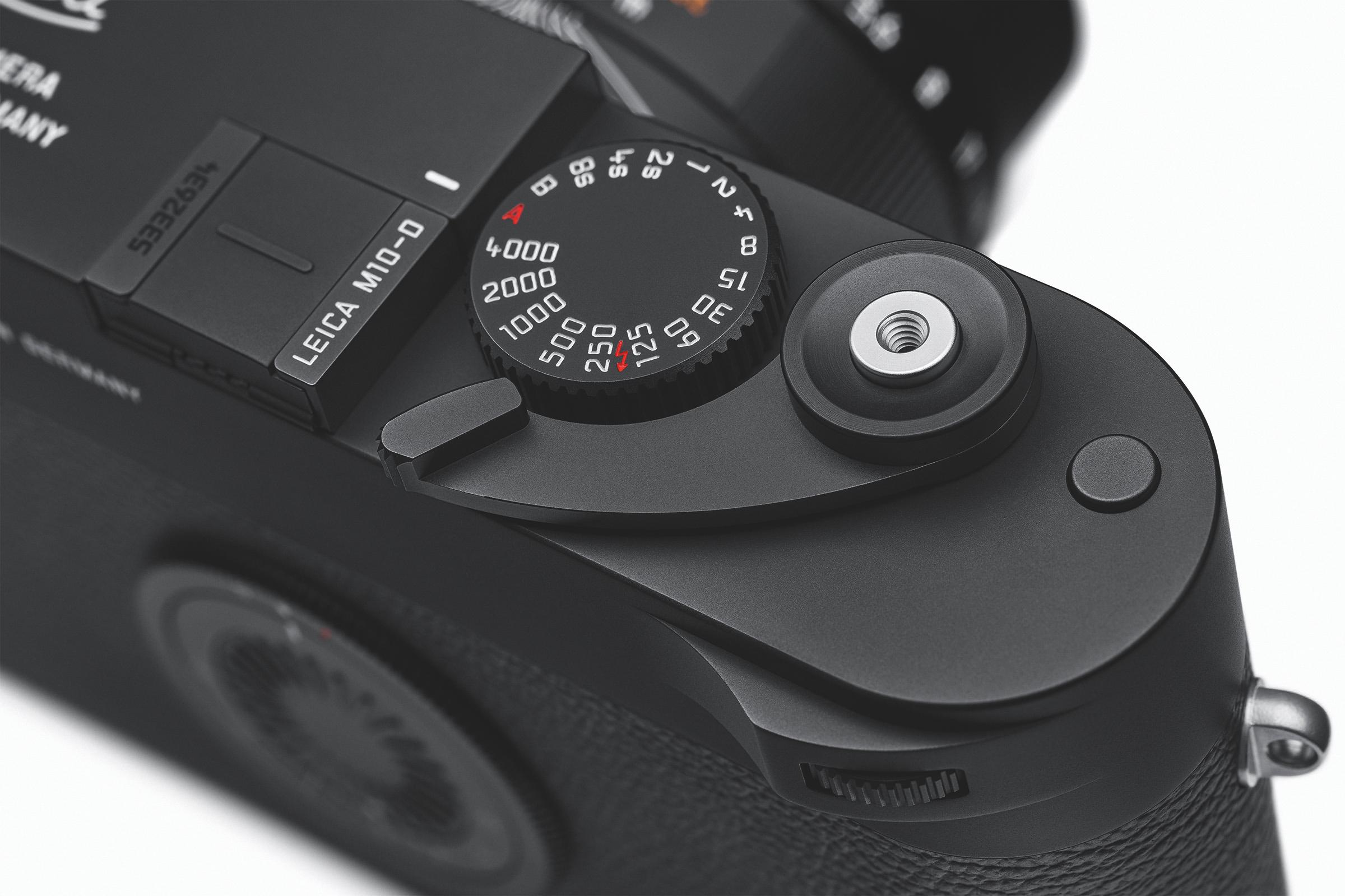As a rule, I enjoy reading the venerable British magazine Amateur Photographer. And I am especially drawn to the frequent “best camera”, “best lens” articles. I can usually bond with the authors’ choices and, while quibbling on detail, generally agree with the sentiments.
Not so this week1. A promising clickbait article, “The worst digital cameras ever released” came to our notice on an internet feed. And it contains one of the most curious opinions I’ve ever seen. But, since I’m a sucker for clickbait, I only have myself to blame.
Writing for AP, Joshua Waller puts together a plausible list of industry duds. They include the Lytro cameras, the Pentax K-01 and the Polaroid Socialmatic. I’m not so convinced when it comes to the Ricoh GXR, though. It certainly wasn’t a bad concept, just rather unusual in its modular construction. And the M-mount module was pretty cool.
The OMGLife Autographer was a more likely culprit, though, and I can almost agree with the inclusion of the much-vaunted but ill-fated Zeiss ZX1. In fact, I was cruising along nicely, soaking up the worst that the industry could throw at us. Good reading.
Leica M10-D: A dud
Then I came to a full stop with No. 10 on the list: The Leica M10-D. Could this fine snapper be mentioned in the same breath as the OMGLife? Apparently, Joshua believes it is one of the worst digitals ever released, despite its widespread acceptance among Leica enthusiasts. Not only was the M10-D not a dud, Leica went on to replace it with the M11-D. Where’s the OMG Mark II?
Says Joshua: “Well, you know how difficult manual focus is? Imagine that without a screen, and the Wi-Fi connection was found to be so unreliable, it made checking images and focus extremely difficult”.
“If you decided that you’d made a terrible mistake in choosing a camera without a rear screen, you could add an optional Visoflex EVF… letting you use the camera more like a digital camera.”
I won’t seek to counter these arguments, since any Macfilos reader knows that all this is questionable, at best. For those who appreciate the screen-less concept (me included) the M-Ds are winners. The camera’s successor, the M11-D is currently my sole digital M.
Charitable
The most charitable excuse for this criticism is that the author wrote the piece three years ago, following the withdrawal of the M10-D (along with the M10 because of production-line difficulties). At the time, even I began to wonder if the M10-D had been a dud. Far from it, however, as it later turned out that it was actually a quiet success. But to find the camera on this list of duds isn’t going to delight Leica.
I’m now questioning the inclusion of the other cameras on the list. Maybe I’d better go out and snap up an OMG. What have I missed? Perhaps it isn’t all that bad after all.
Make a donation to help with our running costs
Did you know that Macfilos is run by five photography enthusiasts based in the UK, USA and Europe? We cover all the substantial costs of running the site, and we do not carry advertising because it spoils readers’ enjoyment. Every amount, however small, will be appreciated, and we will write to acknowledge your generosity.
- Thanks to our reader Chris Rodgers, we realised that the article, which came through on a recent news feed, had been published in 2022. This was in the intervening period between the withdrawal of the M10-D and the introduction of the M11-D. So there is some justification for Joshua’s comments — just that he failed to understand why owners love the -D concept. Furthermore, the camera is based on the M10 and produces the same results, so it cannot be written off as a dud! — Editor. ↩︎




Im even more of a dud for shooting with an epson rd1, what a dud.
This makes my Leica M10-D even more valuable in my view. That someone doesn’t get it. The M10-D was never made for popularity, but for a select few geeks.
It’s the camera that feels like the kids took over the toy factory and made what they really wanted.
My M10-D is currently at Leica being refurbished completely, with small cosmetic changes to M9 leather wrapping, etc.
Quite agree, Thorsten! My 11-D gives the same sort of fascination and provides the pure rangefinder experience for when I’m in the mood.
Leica M10D is a classic camera. It’s brilliant. I’ve used it since launch and taken thousands of great shots.
Mike
“The most charitable excuse for this criticism is that the author could have written the piece some years ago,” At the top of the article it gives the date: 28 July 2022.
Should we not be charitable to the author now in 2025? Do I hear the answer: NO?
Chris
Well spotted, Chris. It is no wonder that I could not find it in recent issues of the magazine. Any of the suggestions I made to Mike below might now seem to be a little bit ‘previous’. I still think that the piece about the M10-D was a little bit glib and should have reflected some customer experience as well as the opinion of the author. However, complaining now after Leica has introduced another iteration of the concept is probably unnecessary. History is often a cruel judge on our opinions, so it is always best to be as factual as possible, however boring that might be.
William
Thanks for spotting this, Chris. It does offer some explanation of the list. The odd thing is, this link came through recently on an RSS feed and I assumed it was something in the current issue. I will make a note to this effect on the article so we don’t keep getting notifications.
Having not read the article itself I am shooting blanks here. With that caveat, the fact of the M10D likely having one of the best lenses in the world attached should be enough to keep it out of the scrap bin. I have never picked up a digital camera with which I could not make a reasonably good image. It reminds me of a fun dabble with a Kodak Easy Share a few years ago. I still shoot and enjoy my first digital camera with its plasticky lenses, the Nikon D40 (and have another one adapted for infrared). My latest side-kick is the Leica M8. I love the whirring sound of the shutter and the camera’s limitations and its glorious colors. I have never shot the M10D or 11D but assume the experience as akin to shooting film. Loading unseen digital images into the computer must garner the sense of wonder I feel when unspooling a roll of developed film and holding it up to the light. The camera is not a blank tool. it is a means to the end of expression. I don’t mean to sound holier than thou by any means. I just love cameras, old and new and don’t see any point in trashing them.
Yes, the best way to use the M-D is with a 2MB SD card for 36 pictures.
Earlier this year Amateur Photographer produced a wonderful issue for the Leica 100th Anniversary. I wrote an article about Leica Society International and I helped long time AP writer John Wade with two articles about the history of Leica and various Leica models respectively and I also worked with Frank Dabba Smith and a professional writer to produce a piece about the ‘Leica Freedom Train’. I found the editorial team at AP to be extremely professional and very good to work with. There was no sign of anti-Leica bias at the magazine, in fact the opposite was the case.
I had to go looking for this piece and I found that it was not in the magazine, but in an online opinion piece (op-ed) by one of its writers. I would have to admit that with my kind of background I would not normally read such a piece, as digital cameras have come and gone rapidly, particularly in the infancy of the category, as technologies were revolving in and out of favour. In more recent years, digital cameras have featured more mature technology and now it really is a question of which non digital features photographers would like, as the digital outputs are all pretty similar. The M10-D and others of its ilk were a brave venture by Leica AG who took away features which are normally found in digital cameras in order to give a ‘film camera like’ experience. I have a very large number of Leica film cameras and if I am looking for that experience I would use one of those cameras. There is more to the use of film than simply not being able to see an image on a rear screen. There is whole tactile experience, the choice and use of different film types, and then there are the final results, which, even when scanned, are quite different to digital output. When I use digital cameras I expect different things, such as the ability to review images as I go along. I engage in and enjoy both of these ways of doing photography and, accordingly, the halfway house of a camera like the M10-D would not appeal to me.
However, this ends there. I recognise that there are a number of people who like the ‘halfway house’ and so too did Leica. Knowing the company like I do, it would never introduce such a model unless there were indications that there was a market for it and, as Jono points out, they have done so several times already. The article comes across as poorly researched and as representing the opinion of the writer rather than reporting how the camera was received by the market. The only suggestion I can make is that you should write to the ‘Readers’ Letters’ Page of AP and see if they respond by reproducing your letter with a reference to your counter opinion above. Another means would be to respond through the link which is at the bottom of the online article. I have the email addresses of the Technical and Features Editors of the AP, but I’d rather not get involved myself as I am not particularly enthused with the M10-D, preferring the ‘all in’ experience of either film and/or digital photography. Hope that makes sense.
William
I understand your points, William. I am not sure that Andy Westlake ever saw this piece!
Both the M10-D and M11-D are indeed the worst digital cameras…for most people. Yet, my M11-D is nearly identical to my M6TTL, and that is the point to my mind.
I think Leica is a true and brave iconoclast amongst feature-driven peers.
Hi Mike, thanks for sticking up for the M10-D, it is my most used and favourite Leica. I have used it for both work and leisure the results are always as intended if not better. Granted it is a niche camera, the moment it came out, I caught a train up to London to purchase it, never have I been disappointed. I did buy the Visoflex and later the Visoflex 2, mostly to ensure the work photos are right first time. When using it for leisure the experience is much more like a film camera and I reflect more on the execution of the photograph. The schoolboy in me likes carrying this and an MP, for many it look like two film cameras. I hope to get many years of service from the M10-D, it has not let me down to date.
Working in the car design sector, at the start of my career, having lived through a period of cars development to everyone’s liking, by focusing on groups, where 95 percent of people often remarked ‘It doesn’t offend me!’, when asked the follow up question, would you buy it… the answer was ‘No it’s perfectly boring!’. Later I was fortunate to work in a group of rebellious designers, we were allowed to make hugely polarising cars, where often 95% of people might have hated the car, the remaining 5% demanded and loved it, to be honest, we made a great business case, every year sold all production. Like them, thank goodness Leica know their customers and trust them to make such niche machines.
Thanks, Kris, useful and interesting background. Mike
Great article Mike – what a wally, and certainly badly done research, if Leica had wanted to forget it why did they do another one! I think the production of the M10 and M10-D was really stopped by the superior sensor in the M10-R, but hey – water under the bridge.
I have no respect for people that trash cameras – especially when there is a market delighted with them. I often skip articles written based on the author.
Anybody in the market for this camera would not be influenced by the incompetent article
I agree, Brian, but the article has logic… some of those cameras were dire. And even the Zeiss fits the bill, if only because of the enormous pre-launch hype and the subsequent rapid fall from grace. But there really is no excuse for that sort of comment about the M11-D in a responsible photographic magazine.
Dear Mike,
Take comfort: there are an incredible number of people ‘out there’ who believe they know everything.
This author has obviously never used a rangefinder, otherwise he would know that a monitor is unnecessary for focusing.
Once again, the motto applies: If he had remained silent, he would have remained a philosopher (si tacuisses, philosophum mansisses).
It hurts every time you are confronted with prejudice. Recently, there was a (good) article on PetaPixel about the new Leica Monopan 50 film, and in the comments, Leica was once again referred to as a ridiculous brand for dentists. You can imagine how that makes me feel. But these are just simple-minded people.
In the case of Joshua Waller, a supposed expert is spouting these false theories, and that is actually unacceptable. He should inform himself better before misleading readers.
Best regards, Claus
I am so delighted that dentists are so discerning in their equipment choice 😀
I’d sooner have a tooth pulled than give up my M11-D. Just joking, Claus…
Thanks, Claus. I like the quote. I found the whole thing quite unbelievable. As you say, he has probably never used a rangefinder. And, perhaps, he has an in-built prejudice as a result.
Next time you have him in your chair…
…then we can determine whether there is any truth to the preconceptions about dentists… anyway, after that, he’ll be a big fan of rangefinders!
just joking, too 🙂